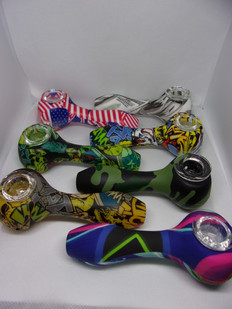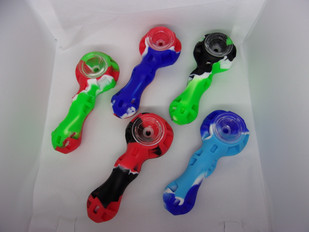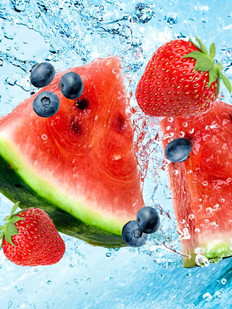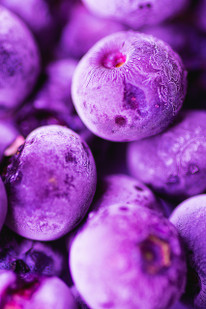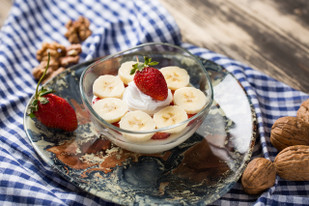- Home
- The Vape Mall Blog
- Old vs. New Ways of Wicking Vape Coils
Old vs. New Ways of Wicking Vape Coils
Posted by on
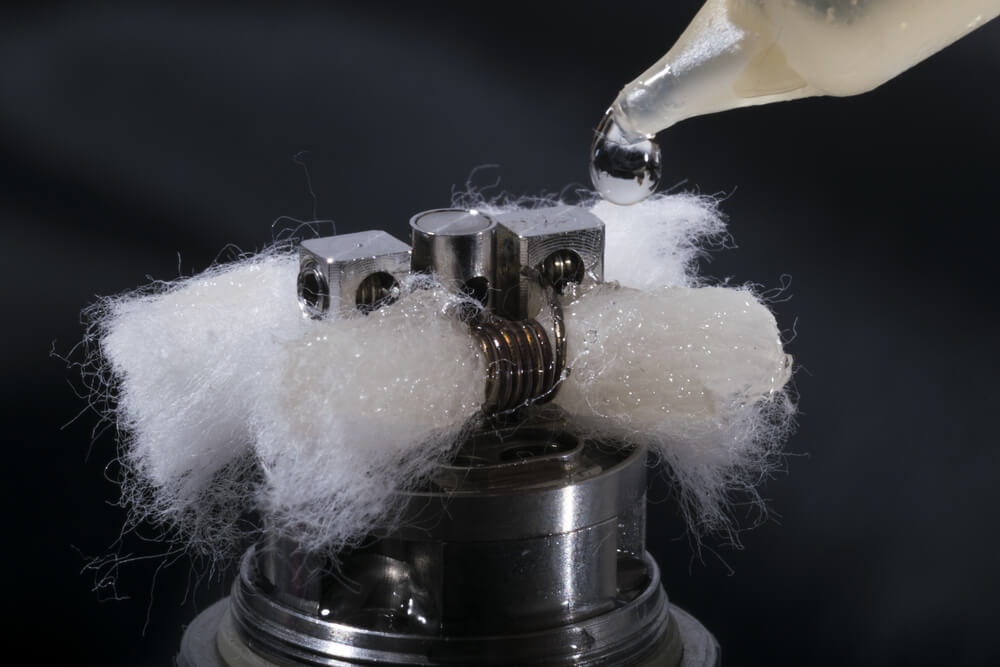 Vaping has come a long way since its inception. From
rudimentary devices to advanced systems, the journey has been marked by
continuous innovation. One crucial aspect that has seen significant evolution
is the wicking
of vape coils. Wicking, the process of delivering
e-liquid to the coil for vaporization, plays a vital role in the vaping
experience. Today, we'll explore the old and new ways of wicking vape coils,
highlighting the technological advancements and their impact on vaping.
Vaping has come a long way since its inception. From
rudimentary devices to advanced systems, the journey has been marked by
continuous innovation. One crucial aspect that has seen significant evolution
is the wicking
of vape coils. Wicking, the process of delivering
e-liquid to the coil for vaporization, plays a vital role in the vaping
experience. Today, we'll explore the old and new ways of wicking vape coils,
highlighting the technological advancements and their impact on vaping.
The Old Ways: Cotton Balls and Silica Wicks
In the early days of vaping, wicking was relatively straightforward but less efficient. Vapers primarily used cotton balls and silica wicks, both of which had their own set of challenges and limitations.
Cotton Balls
Cotton balls were among the first materials used for wicking. They were cheap, readily available, and easy to use. However, they had several drawbacks:
- Poor Absorption: Cotton balls often struggled to absorb e-liquid efficiently, leading to dry hits and inconsistent vapor production.
- Short Lifespan: Cotton balls would degrade quickly, requiring frequent replacement.
- Flavor Issues: They could impart an unwanted taste to the vapor, diminishing the overall experience.
Silica Wicks
Silica wicks offered a slightly better alternative to cotton balls. Made from braided silica fibers, these wicks were more durable and heat-resistant. However, they too had their limitations:
- Flavor Muting: Silica wicks could mute the flavors of e-liquids, making the vaping experience less enjoyable.
- Breakage: The fibers could break down over time, leading to inconsistent wicking and potential coil damage.
- Hard to Work With: Silica wicks were often challenging to handle and install, particularly for beginners.
The Transition: Organic Cotton and Rayon
As the vaping community grew, so did the demand for better wicking materials. This led to the adoption of organic cotton and rayon, which offered improved performance and a more enjoyable vaping experience.
Organic Cotton
Organic cotton quickly became the standard for wicking due to its superior properties compared to traditional cotton balls:
- Purity: Organic cotton is free from chemicals and bleach, ensuring a cleaner taste.
- Absorption: It has excellent absorption capabilities, reducing the likelihood of dry hits.
- Durability: Organic cotton wicks last longer and provide more consistent performance.
Despite its advantages, organic cotton is not without its challenges. It can still degrade over time and may require regular replacement, especially with high-wattage vaping.
Rayon
Rayon, a semi-synthetic fiber, emerged as another popular wicking material. It offered several benefits over both silica and organic cotton:
- High Absorption: Rayon wicks e-liquid quickly and efficiently, minimizing the risk of dry hits.
- Heat Resistance: It withstands higher temperatures without degrading, making it suitable for high-wattage vaping.
- Flavor Preservation: Rayon preserves the flavors of e-liquids better than silica, providing a more enjoyable experience.
However, rayon's semi-synthetic nature has led to debates within the vaping community about its safety and long-term effects.
The New Ways: Advanced Materials and Technologies
The latest advancements in wicking materials and technologies have revolutionized the vaping experience, addressing many of the issues associated with older methods. Modern wicking materials include cotton blends, ceramic wicks, and innovative technologies such as mesh coils.
Cotton Blends
Manufacturers have developed specialized cotton blends that combine the best properties of various cotton types. These blends offer superior wicking capabilities, enhanced flavor preservation, and increased durability. Some popular examples include:
- Japanese Organic Cotton: Known for its purity and excellent wicking properties.
- Cotton Bacon: A blend specifically designed for vaping, offering easy handling and superior performance.
Ceramic Wicks
Ceramic wicks represent a significant leap forward in wicking technology. Made from porous ceramic materials, these wicks provide several advantages:
- Exceptional Flavor: Ceramic wicks do not impart any taste, allowing for the purest flavor from e-liquids.
- Longevity: They are highly durable and can last significantly longer than traditional cotton or rayon wicks.
- Heat Resistance: Ceramic wicks can withstand high temperatures, making them ideal for high-wattage vaping.
However, ceramic wicks can be more challenging to work with and may require specialized coils and atomizers.
Mesh Coils
One of the most significant innovations in vaping technology is the introduction of mesh coils. Unlike traditional coils, which use a single wire, mesh coils use a mesh structure, offering several benefits:
- Even Heating: The mesh design ensures even heating across the entire coil, reducing the risk of hot spots and dry hits.
- Improved Wicking: The larger surface area of mesh coils allows for better e-liquid absorption and vapor production.
- Enhanced Flavor: Mesh coils provide a more consistent and flavorful vaping experience.
Mesh coils have quickly become the preferred choice for many vapers, offering a superior experience compared to traditional wire coils.
Impact on the Vaping Experience
The evolution of wicking materials and technologies has had a profound impact on the vaping experience. Modern wicking methods provide:
- Better Flavor: Advanced materials and technologies preserve the flavors of e-liquids, offering a more enjoyable experience.
- Consistency: Improved wicking efficiency ensures consistent vapor production and reduces the likelihood of dry hits.
- Durability: Modern wicking materials last longer, reducing the need for frequent replacements and maintenance.
These advancements have made vaping more accessible and enjoyable for both beginners and experienced vapers, driving the continued growth and innovation within the industry.
The New Way Seems to Be the Better Way!
The journey from old to new ways of wicking vape coils reflects the broader evolution of vaping technology. From the rudimentary cotton balls and silica wicks to the advanced cotton blends, ceramic wicks, and mesh coils of today, each step forward has brought significant improvements to the vaping experience. As the industry continues to innovate, we can expect even more advancements in wicking technology, further enhancing the enjoyment and satisfaction of vapers around the world. Whether you're a seasoned vaper or new to the scene, understanding the evolution of wicking can help you make informed choices and get the most out of your vaping experience.
 Loading... Please wait...
Loading... Please wait...



